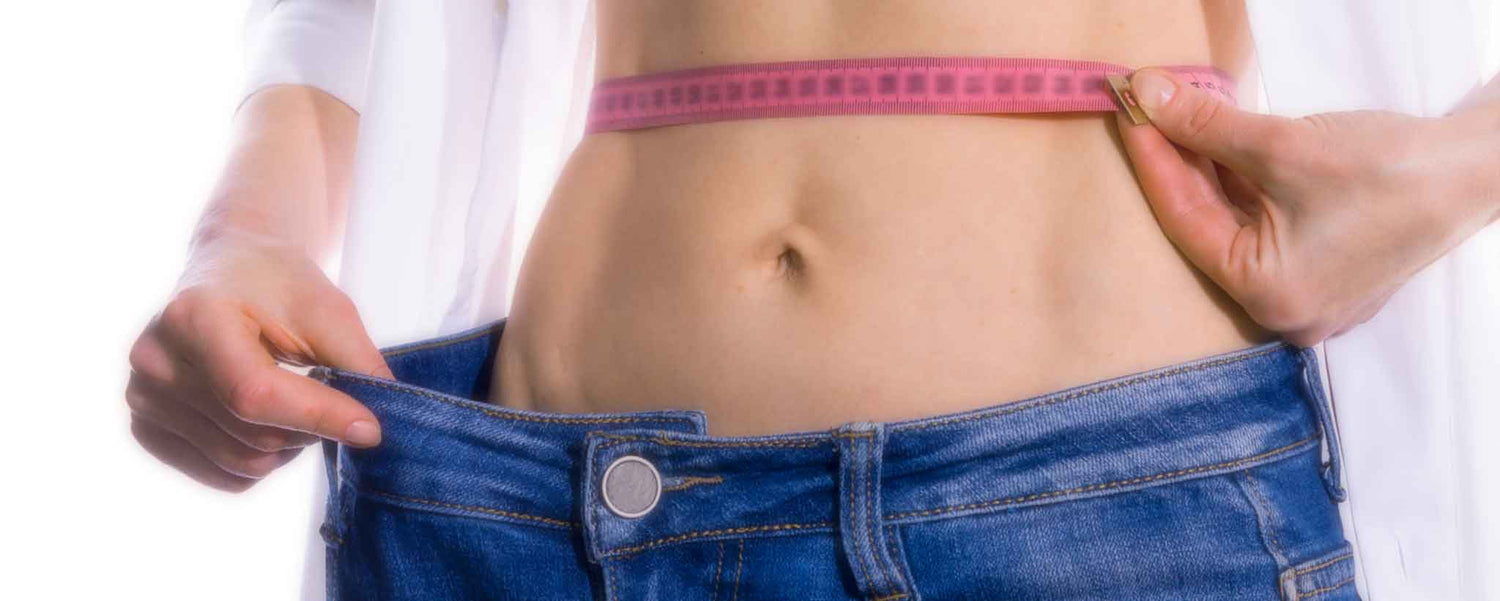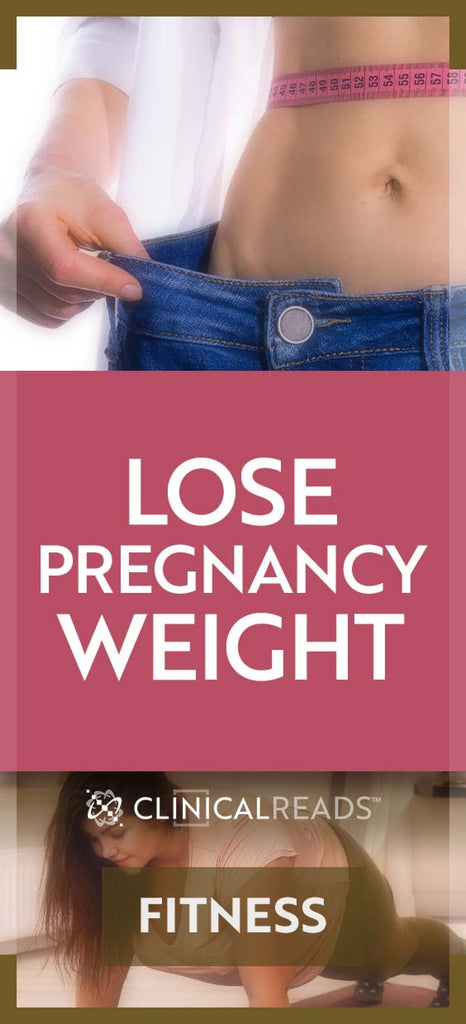Publish 5 May 2022
Enjoy practical ways to move those maternity clothes to the back of the closet so you can reach a healthy postpartum weight.
Tipping the Scale
For nine months, you remind everyone that you are eating for two. Never mind that one of the humans weighs under five pounds. You get credit for amniotic fluid, additional breast fat, and expanding mammary glands. With the cravings and mostly sedentary habits, no one will fuss if you gain 30 pounds or so. Let’s say during the final stretch, you go wild, and your excess weight approaches 40 pounds.
During labor, the adorable bundle of joy pops out—with his cushioning and source of nutrition. Step on the scale after returning from the hospital, and there you stand, 30 pounds overweight. It wouldn’t be as bad if you were six feet tall, but at five-foot-six, your face, neck, belly, hips, and thighs cannot conceal the excess.
With new feeding and sleep schedules, Mommy has little time for squats at the gym. Some women are like tight rubber bands that snap back into place within a couple of months. But your weight loss requires more discipline.
We’ll go over some practical ways to move those maternity clothes to the back of the closet. You can reach a healthy postpartum weight to face parenting with energy!
What Exactly Is Baby Weight?
Here’s some history on what “baby weight” is, why it occurs during pregnancy, and why it isn’t required after the baby arrives in the world.
The Centers for Disease Control and Prevention (CDC) advises that women of normal weight carrying one baby gain 25 to 35 pounds (11.5 to 16 kg) during pregnancy.
Weight gain recommendations fluctuate depending on whether the expecting mother is underweight, overweight, or carrying multiple babies.
Pregnancy weight gain consists of the following, according to a study published in the American Journal of Obstetrics and Gynecology:
- The baby
- Placenta
- Amniotic fluid
- Breast tissue
- Blood
- Uterus enlargement
- Fat reserves
You Had a Baby, Now What?
Going on a diet is probably the last thing on a new mom’s mind after giving birth. And, according to Cheryl Lovelady, a nutrition expert at the University of North Carolina in Greensboro, that’s perfectly acceptable.
“I tell moms, ‘The first month, don’t worry about your weight,’” Lovelady added.
Whether they give birth vaginally or through C-section, most women lose roughly 13 pounds after giving birth. The bulk of it comes from your baby, of course, since most newborns weigh between 5½ and 8¾ pounds.
The remainder of your initial weight loss is due to the delivery of the placenta and the loss of amniotic fluids that surround your baby in the womb. You may lose a bit of extra weight during the first week after giving birth simply by shedding retained fluids. (This is why you feel like you’re peeing and sweating more than normal!)
Given that average-weight women typically gain between 25 and 35 pounds during pregnancy, this decrease is a good start. Of course, it isn’t everything. Your body is still retaining additional weight from the fat reserves you accumulated throughout your pregnancy, which won’t go away on its own. Here are five tips for losing weight after pregnancy.
The Bonus of Breastfeeding
Your body uses between 400 and 500 calories each day to produce breast milk, which comes from your food and the fat you gained during pregnancy. That calorie-burning surge is sufficient for some mothers to return to their pre-pregnancy weight without doing anything extra.
Breastfeeding also causes the release of hormones that aid in the shrinkage of your uterus and post-baby tummy.
Consume a Lot of Superfoods
When you’re a new mother, your body needs the maximum nutrients possible, particularly if you’re breastfeeding. Choose foods that are high in the nutrients you need while low in calories and fat.
Fish is one of these “superfoods” because it contains DHA, a vital omega-3 fatty acid that aids in the development of your newborn’s brain and neurological system. Cold-water seafood such as salmon, sardines, and tuna are excellent providers of DHA.
Milk and yogurt are considered excellent foods because they are rich in calcium, essential for bone health. Don’t forget about the protein. Lean meat, poultry, and beans are rich in protein and fiber while low in fat. They’re beneficial for you and will keep you full longer.
Keep Your Cravings Under Control
Aside from consuming nutritious food, you also need to be aware of what foods to avoid after giving birth. You will most likely be exhausted and sleep-deprived after delivering your baby, which may cause you to want unhealthy foods. Following birth, you should avoid the following foods:
- Saturated fatty acids
- Refined sugar
- Sugary drinks
- Processed foods
- Fried items
- Alcohol
- Foods high in salt
Know When To Begin Exercising
Getting active might help you lose weight and offer you a much-needed energy boost. So, it’s worth saying yes to exercise when your body is ready.
You may begin gentle exercise a few days after birth if you exercised before pregnancy and had an uneventful vaginal delivery. If you had a C-section or had problems during your delivery, you should wait at least six weeks before returning to strenuous exercise. However, it’s better to receive the formal go-ahead from your doctor before you begin.
When you start exercising, aim for 20 to 30 minutes of movement each day, broken up into smaller portions if necessary. Begin with exercises to improve your weakening core muscles and back, such as modified crunches or light aerobic activity, such as walking.
Drink Plenty of Water
Girls—STAY HYDRATED. Drinking enough water is essential for anybody attempting to lose weight. According to the CDC, choosing water over a single 20-ounce sweetened drink may save you 240 calories.
Drinking water may boost your sensation of fullness and accelerate your metabolism, resulting in weight reduction, according to 2016 research.
Drinking eight 8-ounce glasses, or half a gallon (roughly 2 liters), is popular advice from health professionals. The “8/8 rule” makes this simple to memorize.
The 8/8 rule is a fantastic objective that may help you lose weight and stay hydrated. Women who are nursing or exercise vigorously, on the other hand, may need more water.
Afterword
Losing weight after having a baby may seem difficult, but following these suggestions can help you get back in shape. If you currently lead a healthy lifestyle, chances are you won’t need to make any radical adjustments to regain your pre-baby figure.
Simply listen to your body, eat right, rest, and exercise regularly, and your body will transform in no time!
To support the writing of useful articles about women, ClinicalPosters sells human anatomy charts, scientific posters, and other products online. You may sponsor specific articles, become a ClinicalNovellas Member, or remit a small donation.
ClinicalPosters sells human anatomy charts, scientific posters, and other products online to offset expense of the writing useful articles about women. Slide extra posters into DeuPair Frames without removing from the wall.
Show your support by donating, shopping for ClinicalPins, becoming a ClinicalNovellas Member, or leaving an encouraging comment to keep the research going.
To support the writing of useful articles about women, ClinicalPosters sells human anatomy charts, scientific posters, and other products online. You may sponsor specific articles or remit a small donation.
ClinicalPosters sells human anatomy charts, scientific posters, and other products online to offset expense of the writing useful articles about women. Slide extra posters into DeuPair Frames without removing from the wall.
ClinicalPosters sells human anatomy charts, scientific posters, and other products online. You may remit a small donation or become a ClinicalNovellas Member.
You can support the writing of useful articles about women by sponsoring specific articles, becoming a ClinicalNovellas Member, or remitting a small donation. Visible content is optimized for device size.
Guest author Faiza Khan Niazi writes engaging articles about pregnancy and parenting.








 Romance & Health Intertwine. Fall in love with a captivating romance miniseries that explores the essence of well-being. Become a ClinicalNovellas member for heartwarming tales.
Romance & Health Intertwine. Fall in love with a captivating romance miniseries that explores the essence of well-being. Become a ClinicalNovellas member for heartwarming tales.




